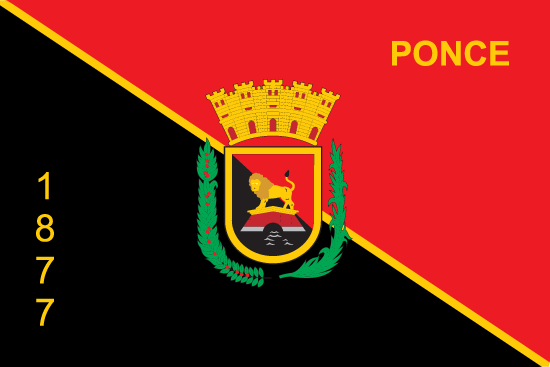
Ponce is located on the south side of the island. The Second largest city in Puerto Rico, also known as “La Perla del Sur” or The Pearl of the South. Ponce is also know as The “Ciudad Senorial (Majestic City) and “La Ciudad de los Leones (City of Lions). Ponce was the Capital of the south until 1989. It is 3 miles from the southern coast. Ponce is also Puerto Rico’s second largest city. Ponce dates from the late 17th century. It consists of colonial homes, churches, fountains, plazas, and a fire stations (Parque de Bombas).
The city was named after Juan Ponce de Leon y Loayza, the great grandson of Juan Ponce de Leon, the Spanish Conquistador. In 1692, Juan Ponce de Leon received permission from the Spanish Royalty to create a hamlet around a small chapel dedicated to Lady of Guadalupe. In 1848 the hamlet was declared a villa and by 1877, obtained a city charter. A large flow of immigrants from Catalonia, the Balearie Islands, and other parts of Spain, as well as from the United Kingdom, Germany, Cuba, France, Columbia and Venezuela assured the city’s continued growth. Most of these immigrants made considerable fortunes in coffee, corn and sugar cane harvesting, producing rum, banking and finance. In some years of the late 19th century, Ponce had a larger population and also stronger financial institutions than those of the capital, San Juan. The Coat of Arms of Ponce contains a red and black colored shield.
There is a five tower gold crown that indicates that Ponce is a city by royal decree. As an exterior from the shield, there is a sugar cane plant on the right side and to the left, a coffee tree branch. The shield of Ponce is divided by a diagonal line that crosses straight from the superior end to the left inferior end. In this divided field is the color red (for the fire that almost destroyed the city), that covers the superior right portion and the color black (for the ashes after that fire). On that black and red background is a yellow lion with black name, walking towards the left of the shield, facing right of the shield. The lion is on a bridge, meaning that you must cross a river to enter the city by any region. The shield is bordered by a coffee plant branch and a sugar cane plane, in which the early economy of the city was based.
Ponce History:
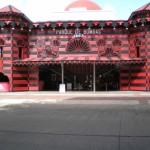 The Ponce Fire of 1883: In 1883, Ponce was devastated by an enormous fire. The fire almost destroyed most of the south coast of Puerto Rico. Thanks to the Ponce firemen (who’s firehouse was located at Parque de Bombas), Ponce and the coast were saved. The firemen from The Parque de Bombas engaged in a long battle with the fire that lasted twenty-two days before it was extinguished. The Parque de Bombas now stands as a museum and tourist attraction, which is still on the same location at the central plaza (Plaza Las Delicias). The fire station continued to serve as an active fire station until 1990, when it was closed and used entirely as a museum. For their bravery, the group was honored both in Ponce and throughout the rest of Puerto Rico. A picture of the firemen hangs on the wall of the Parque de Bombas building.
The Ponce Fire of 1883: In 1883, Ponce was devastated by an enormous fire. The fire almost destroyed most of the south coast of Puerto Rico. Thanks to the Ponce firemen (who’s firehouse was located at Parque de Bombas), Ponce and the coast were saved. The firemen from The Parque de Bombas engaged in a long battle with the fire that lasted twenty-two days before it was extinguished. The Parque de Bombas now stands as a museum and tourist attraction, which is still on the same location at the central plaza (Plaza Las Delicias). The fire station continued to serve as an active fire station until 1990, when it was closed and used entirely as a museum. For their bravery, the group was honored both in Ponce and throughout the rest of Puerto Rico. A picture of the firemen hangs on the wall of the Parque de Bombas building.
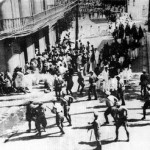 The Ponce Massacre: On March 21, 1937, Ponce was involved in an incident called the Ponce Massacre. The incident occurred as a result of a march organized in Ponce on Palm Sunday by the Puerto Rican Nationalist Party. The march was organized to commemorate the end of slavery and to also protest the incarceration of Nationalist Leader, Pedro Abizu Campos, as well as demanding Puerto Rico’s Independence from the United States. Nineteen unarmed nationalist protesters, peacefully celebrating the Abolition of Slavery (in 1873), were fatally shot by police under orders from the United States, CoIntelPro (Counter Intelligence Program) and non-democratically elected military assigned Governor, Major General, Blanton C. Winship.
The Ponce Massacre: On March 21, 1937, Ponce was involved in an incident called the Ponce Massacre. The incident occurred as a result of a march organized in Ponce on Palm Sunday by the Puerto Rican Nationalist Party. The march was organized to commemorate the end of slavery and to also protest the incarceration of Nationalist Leader, Pedro Abizu Campos, as well as demanding Puerto Rico’s Independence from the United States. Nineteen unarmed nationalist protesters, peacefully celebrating the Abolition of Slavery (in 1873), were fatally shot by police under orders from the United States, CoIntelPro (Counter Intelligence Program) and non-democratically elected military assigned Governor, Major General, Blanton C. Winship.
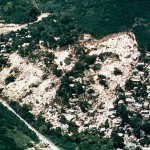 The Mameyes Mudslide: In October 1985, Ponce suffered a great tragedy. It occurred after a tropical storm that passed across the south coast of the island. Because of this tropical storm, the south center part of Puerto Rico experienced a rainfall that reached 31.6 inches. This rainfall came after another heavy rainfall, five months earlier. This resulted in a mudslide when an entire sheet of bedrock in the mountainous barrio of Mameyes outside of the city, collapsed from the over-saturated soil burring much of the barrio. 115 homes were destroyed or heavily damaged by the slide and 129 people lost their lives. International help was needed to rescue people and corpses. The United Stated and many foreign countries, such as Mexico, France, and Venezuela sent economic and humanitarian relief.
The Mameyes Mudslide: In October 1985, Ponce suffered a great tragedy. It occurred after a tropical storm that passed across the south coast of the island. Because of this tropical storm, the south center part of Puerto Rico experienced a rainfall that reached 31.6 inches. This rainfall came after another heavy rainfall, five months earlier. This resulted in a mudslide when an entire sheet of bedrock in the mountainous barrio of Mameyes outside of the city, collapsed from the over-saturated soil burring much of the barrio. 115 homes were destroyed or heavily damaged by the slide and 129 people lost their lives. International help was needed to rescue people and corpses. The United Stated and many foreign countries, such as Mexico, France, and Venezuela sent economic and humanitarian relief.
Additional Information will be coming soon

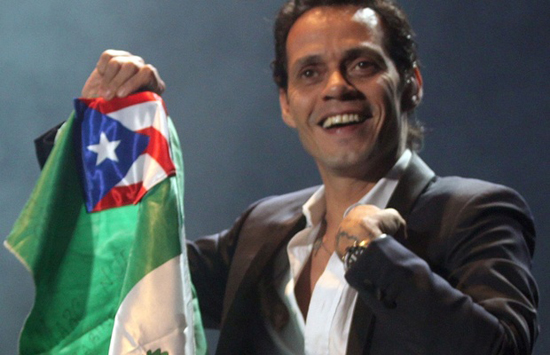

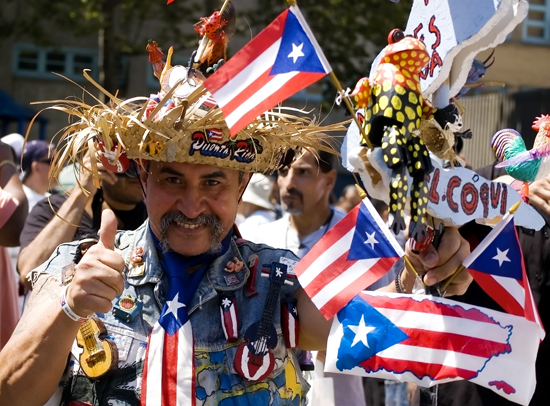
Hey I would like to know if you have more photos of that day? I had family in that barrio and also lost some of them.so could you please let me.I would like to see them thank you.